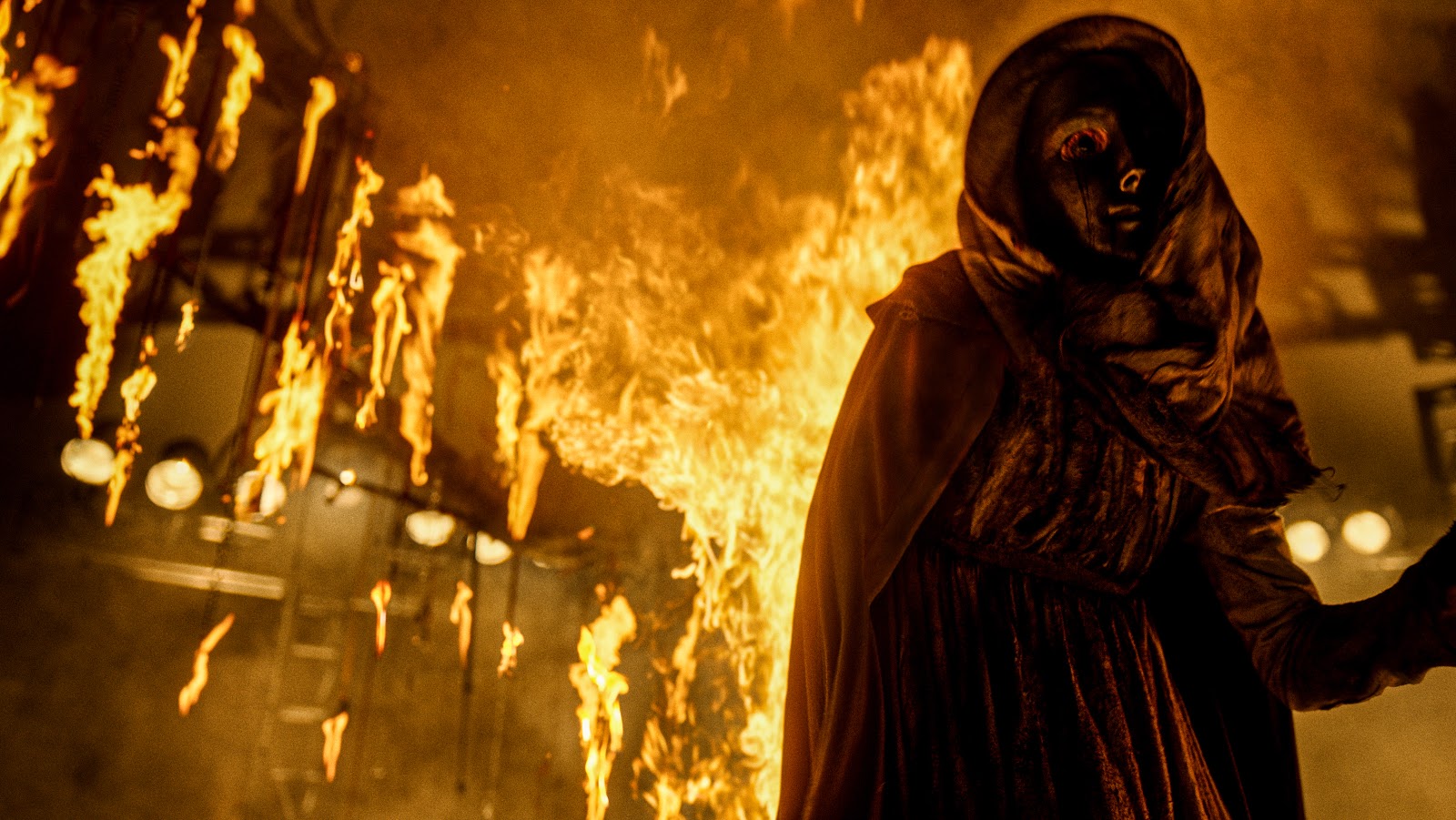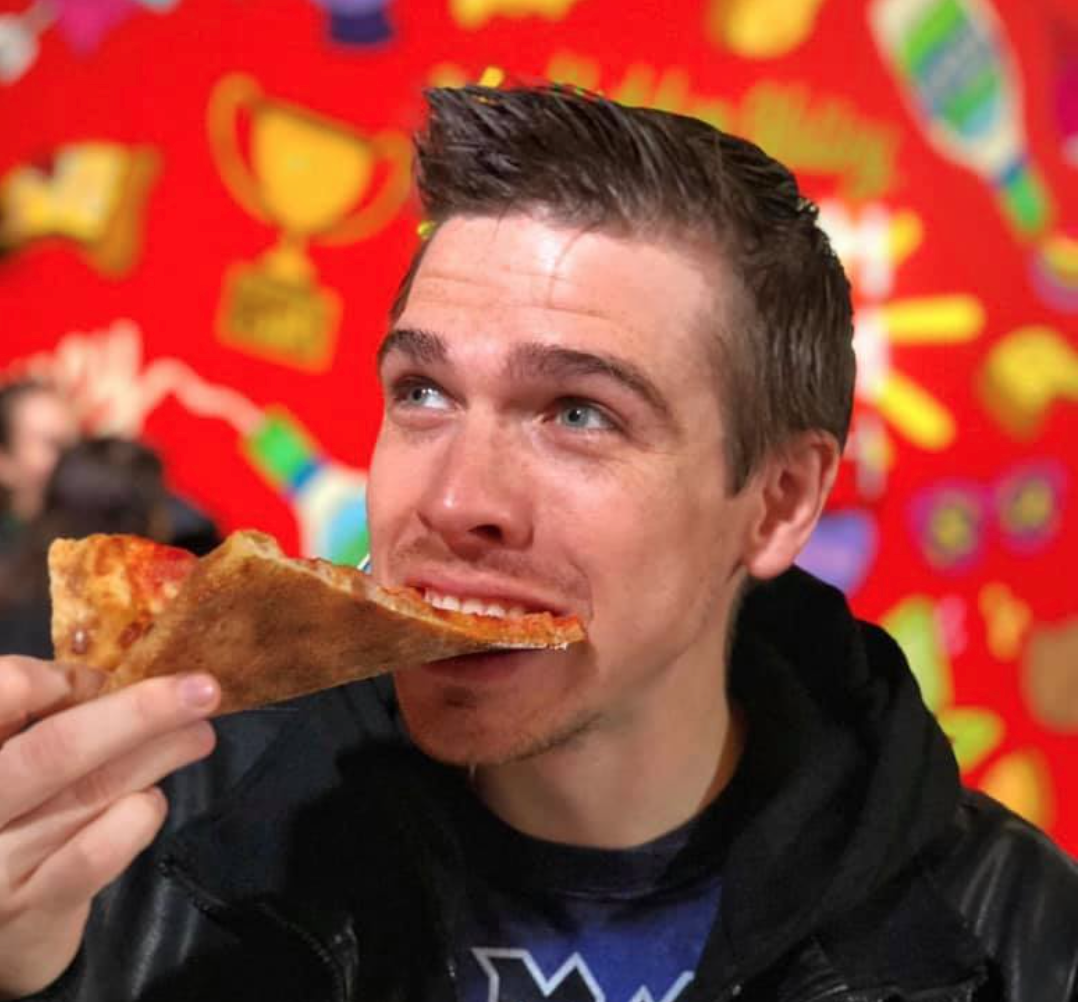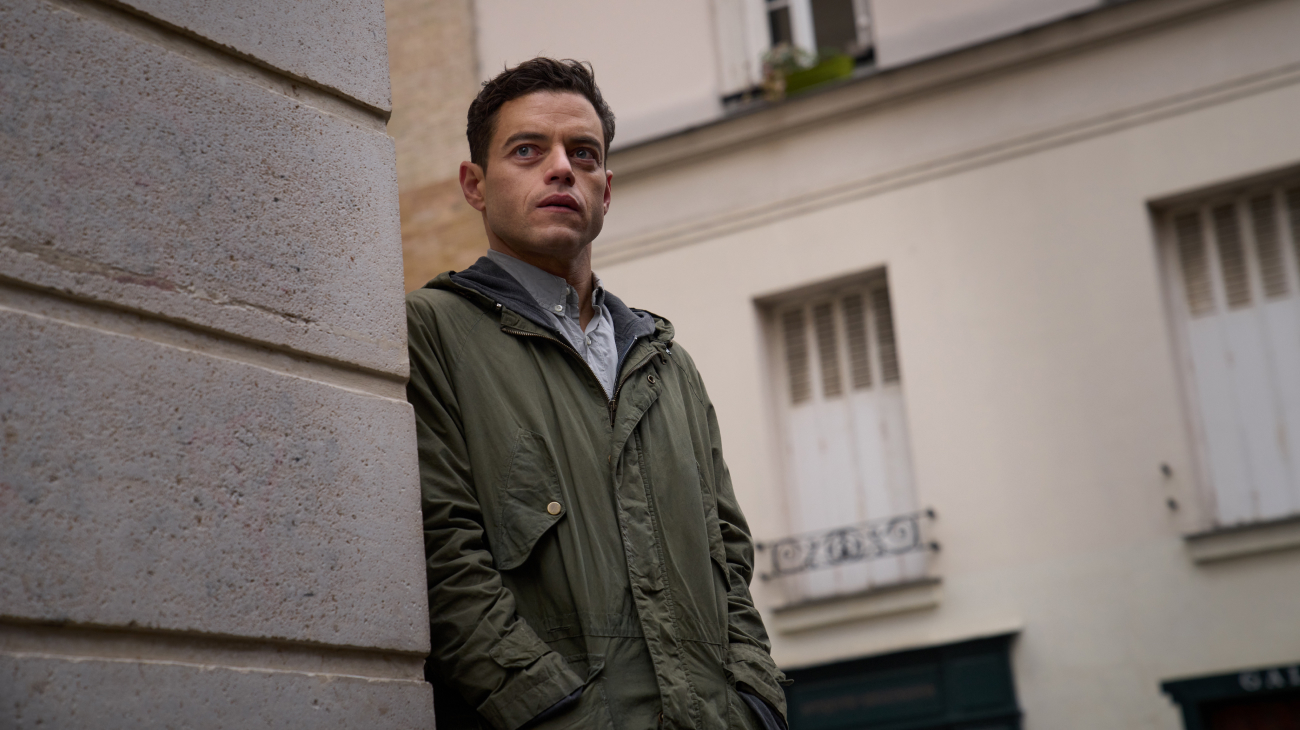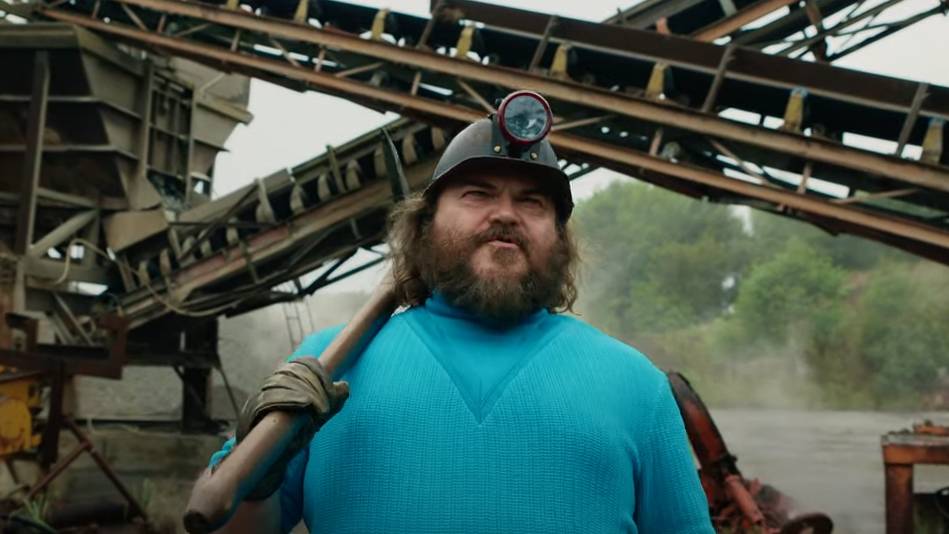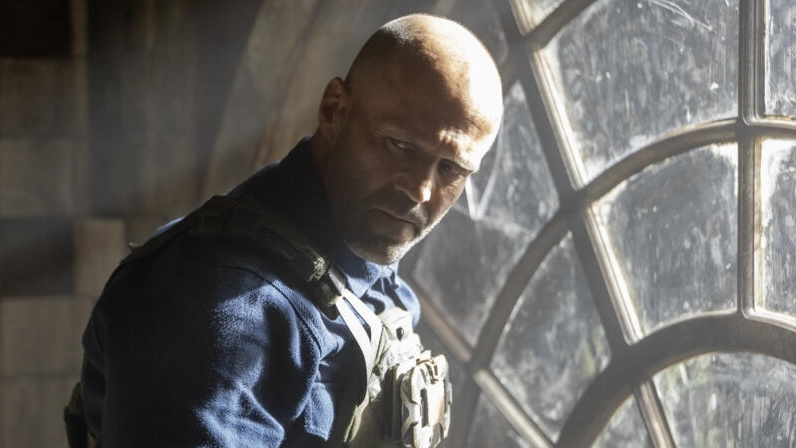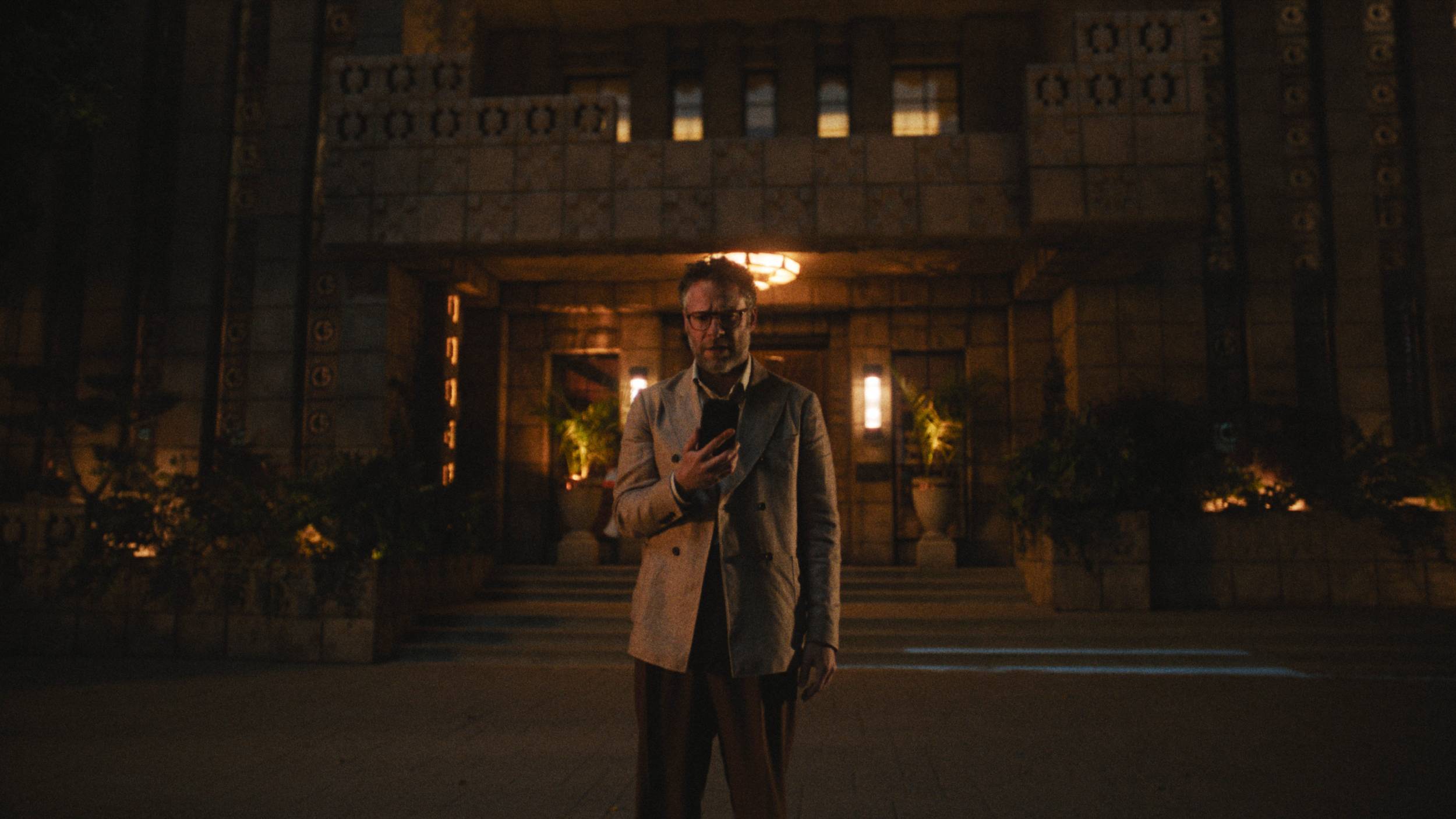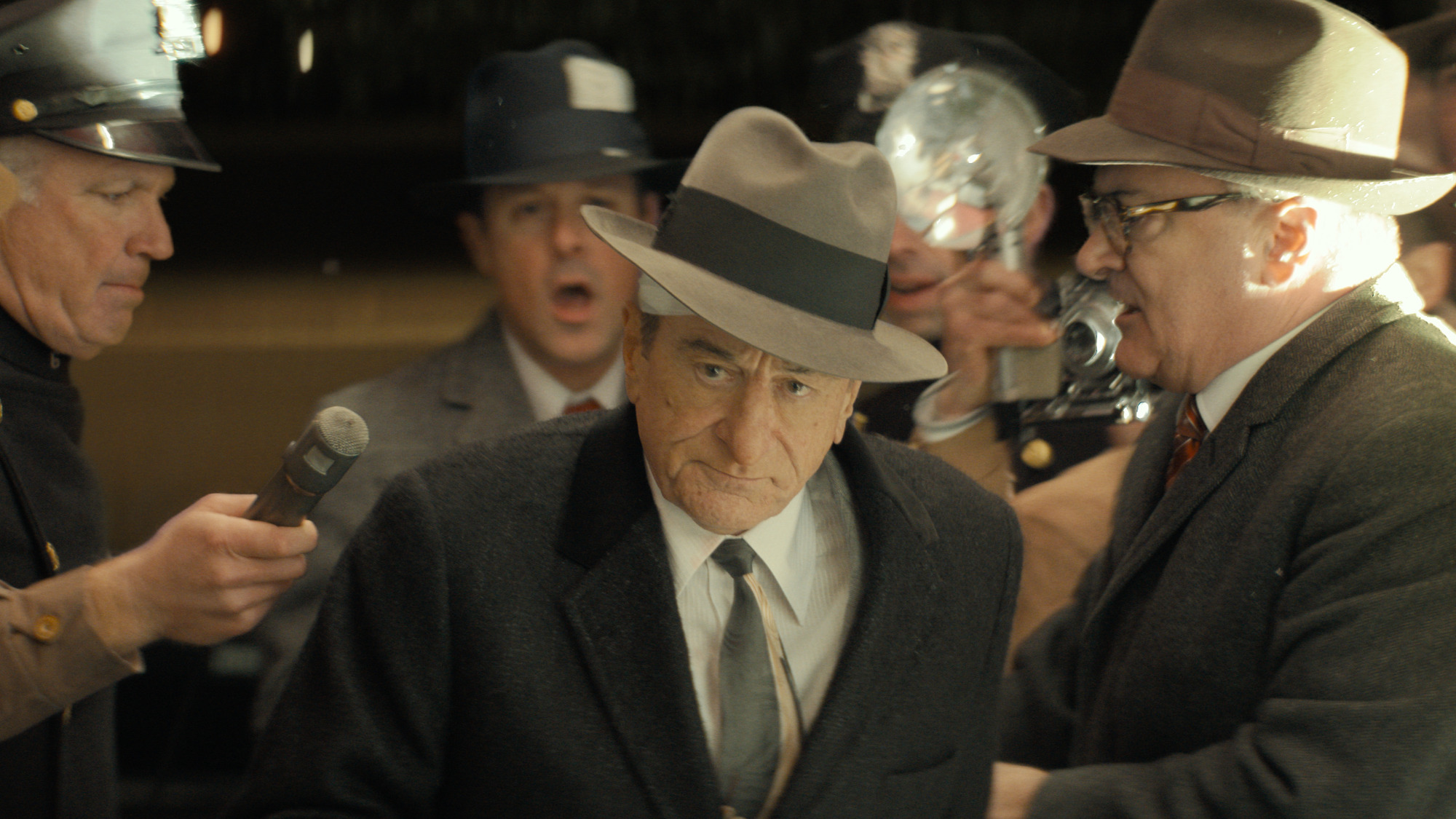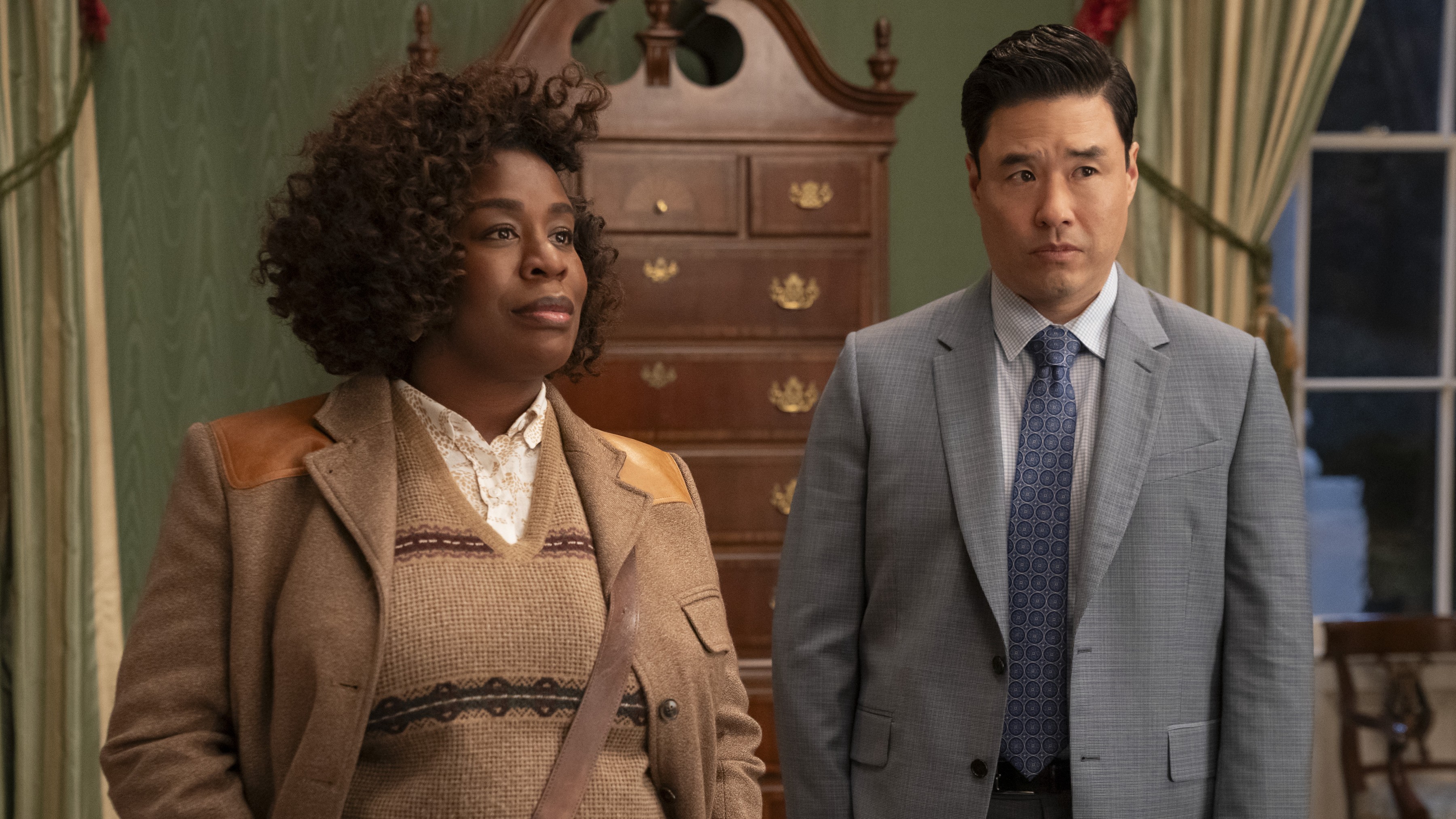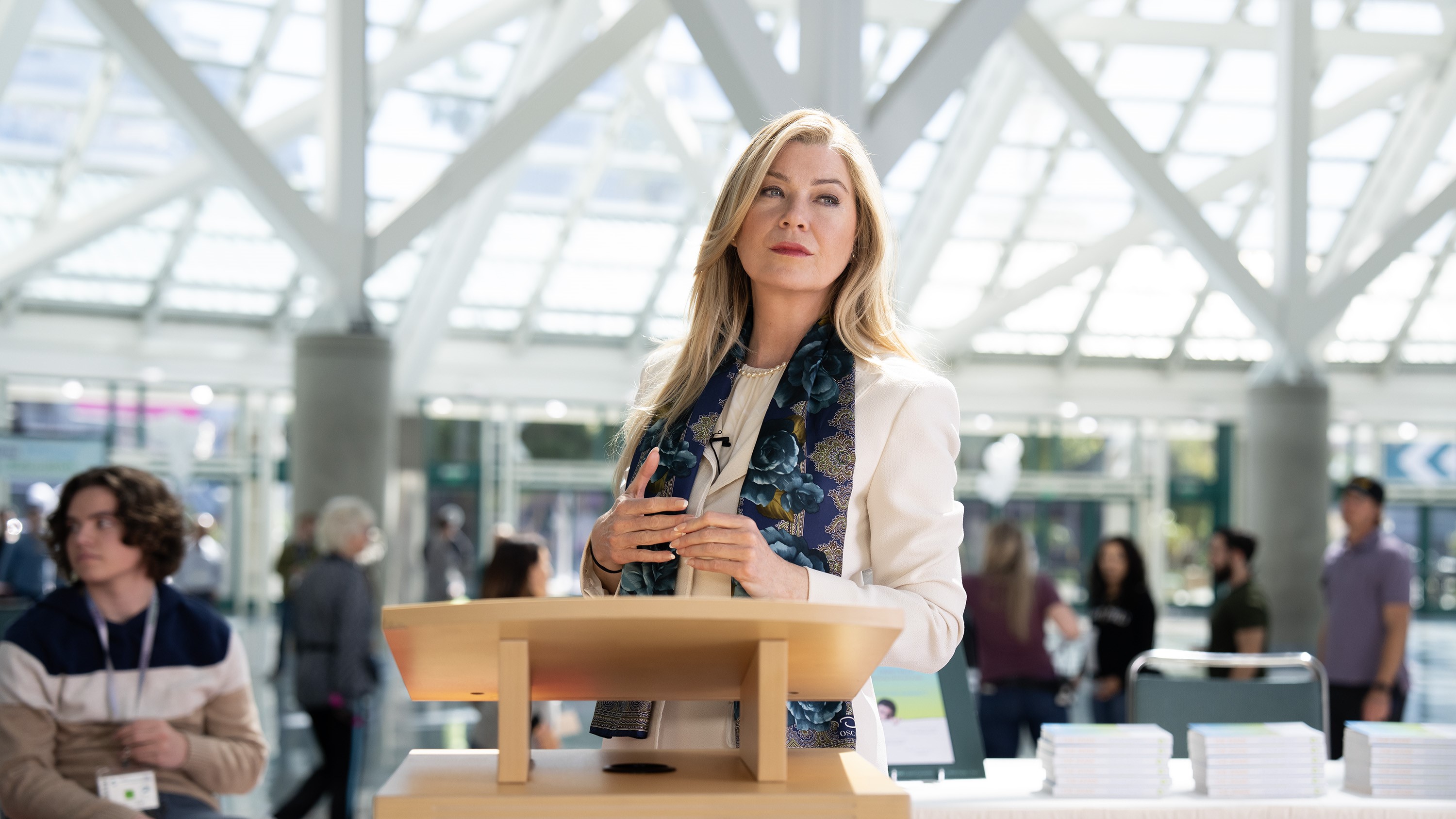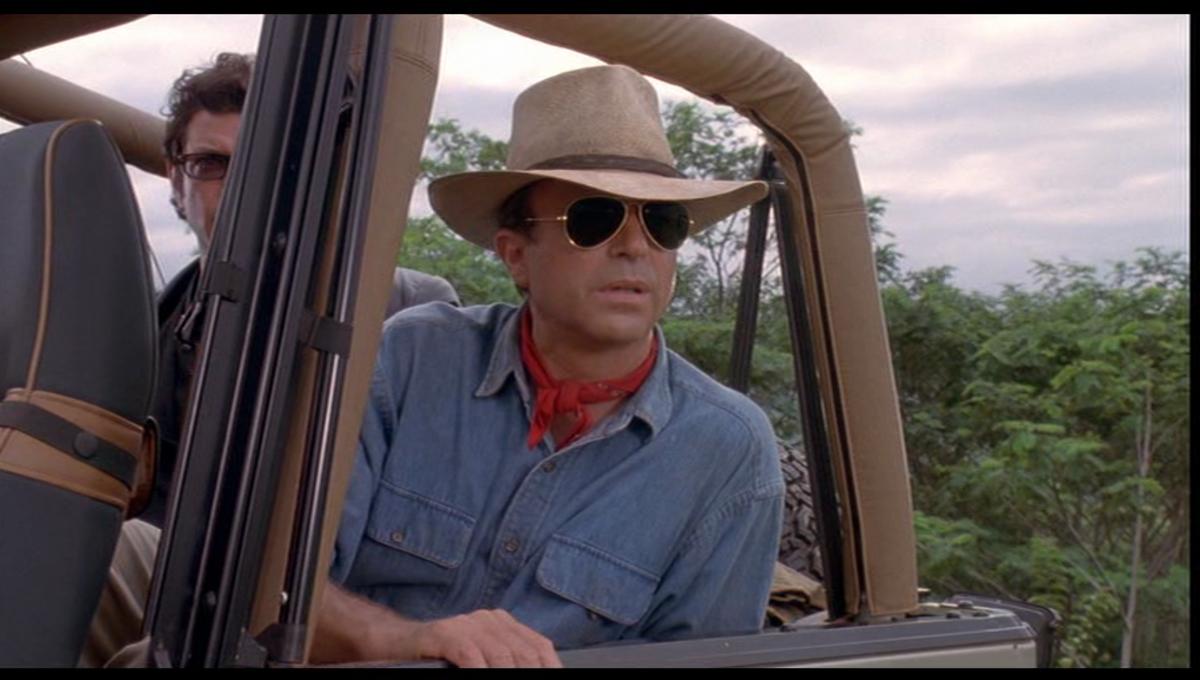What to Watch Verdict
'The Unholy' loses itself in a horror approach better suited for trailers than sustained feature tension, as blasphemy becomes less and less scary with such basic execution.
Pros
- +
✝️ Mary's demonic form has its grim charms.
- +
✝️ One or two scares bring creeps.
- +
✝️ Jeffrey Dean Morgan is capable as always.
Cons
- -
✝️ VFX feel unfinished.
- -
✝️ Lacks a dreadful atmosphere.
- -
✝️ Short-attention horror focus.
The Unholy is currently only available to watch in theaters. Due to the COVID-19 pandemic, we recommend checking it out at your local drive-in. If one isn’t available, please be sure to check out state and CDC guidelines before watching in an enclosed space.
A lot gets said about PG-13 horrors like The Unholy because of their “tameness,” but no MPAA rating has ever ruined a movie—that’s up to the storytellers, performers, and filmmakers. Evan Spiliotopoulos’ theological revenge piece about shrines, false prophets, and divine intervention works within the confines of genre blueprints without profuse cursing or sloppy gore. Where it fails has nothing to do with lacking nudity, crudeness, or throat-slasher violence. As blasphemy becomes the narrative’s weapon of choice, shoddy computerized graphics and short-burst scare tactics never care to sustain terror. Spiliotopoulos lays a foundation that’ll attract religious fright-seeking flocks, yet his gospel is of a more formulaic supernatural thriller that ultimately doesn’t convert through execution.
Disgraced journalist Gerry Fenn (Jeffrey Dean Morgan) stumbles upon the headline of a lifetime in the rural Massachusetts community of Banfield. A deaf teenager (Alice, played by Cricket Brown) experiences Mary's touch, is cured of her hearing loss and begins performing miracles through the virgin mother’s orders. Father Hagan (William Sadler) wants to protect Alice—his niece—from prayer-thirsty hordes, while Gerry shops exclusive interviews around as a means of professional reclamation. Bishop Gyles (Cary Elwes) and Monsignor Delgarde (Diogo Morgado) arrive to assess if Alice’s actions are indefinitely miracles. While this should excite Gerry, he starts to question the merciful voice behind Alice’s words as something not from above, but below.
On surface glances, The Unholy establishes damnation of faith that stings with Catholic commentary. Alice’s innocence at first plays in contrast to Gerry’s ego-driven selfishness, while Father Hagan questions the sanctity of shrines where worshippers flood like those in Brazil or elsewhere. Bishop Gyles becomes the resident shady padre who suggests God’s servants aren’t all worthy shepherds, and Alice resembles an alluring purity as she parrots an invisible saint’s words. Spiliotopoulos summons a puppetmaster via satanic attributes like needle-whittled fingers or scorched flesh. Plus, Jeffrey Dean Morgan handily oozes numbskull ignorance of local folklore as Gerry unwittingly smashes a kern baby to “beef up” his story’s header photograph—everything is in place for a righteous rumble between priests, reporters, and a medical professional who infallibly translates Latin (Katie Aselton as Dr. Natalie Gates).
In practice, The Unholy squanders Craig Wrobleski’s sharper cinematography around crooked prophetic trees or the latter-tented shrine enclosure with rather unappealing computer-generated jolts. Spiliotopoulos’ navigation of horror elements replicates the understanding of someone who’s only watched horror trailers, never a full feature. Mary’s backstory recalls an 1845 mob murder where executioners nail a mask to her face, burn her alive, then a finale hanging—although scriptures speak of drowning as well—leaving a mangled form that, while ghoulish, is wasted on these blink-and-miss lunges towards the screen. Worse off, magnificent set pieces like Gerry’s black-and-white dreamworld with a blood river where Mary ascends from are visually unattractive down to unsightly digital flames. The unassuming, isolated town of Banfield provides a charming quaintness that somehow is lost within all the garish CGI and character choices, none of which match thematic promises.
Spiliotopoulos’ adapted screenplay from James Herbert’s novel Shrine becomes more trope-riddled and cartoonish on screen. Cary Elwes’ Massachusetts accent smashes Boston and Brooklyn into something extra, while Diogo Morgado exhibits the situational reaction speeds of a subdued sloth. I enjoy Cricket Brown’s portrayal of a churchgoer overwhelmed by spiritual empowerment—her eyes gazing into nothingness while preaching salvation—and yet other characters feel like afterthoughts, such as Katie Aselton’s randomly generated “I speak Latin” moment being her only of heft. Morgan plays an alcoholic writer selling conspiracy blog posts for $150 a pop as we know he can, but it’s not enough to endure the otherwise lifelessness of this chosen narrative structure. It’s vaguely terrifying but unacceptably repetitive in jerky-jolt jumps and dulls in its third-act triumphs where emotional brevity never becomes as gripping as creators might wish.
The Unholy could be passing entertainment for horror fans who only required those yelp-for-a-second scares you might find in prank internet videos. Something wicked this way comes but said wickedness is nothing fans of tested beliefs and scornful soul-sellers haven’t beheld prior. I wish the scares felt more earned and that Evan Spiliotopoulos mined his Massachusetts farming town for more than fleeting paranormal engagement. Bloody altar statue tears and forgettable hooded villains only get you so far when we’re left begging for more tension, less repetitious hauntings, and sensations beyond just another generic profession of Hell’s manipulation against Heaven’s almighty farce.
Matt Donato is a Rotten Tomatoes approved film critic who stays up too late typing words for What To Watch, IGN, Paste, Bloody Disgusting, Fangoria and countless other publications. He is a member of Critics Choice and co-hosts a weekly livestream with Perri Nemiroff called the Merri Hour. You probably shouldn't feed him after midnight, just to be safe.
